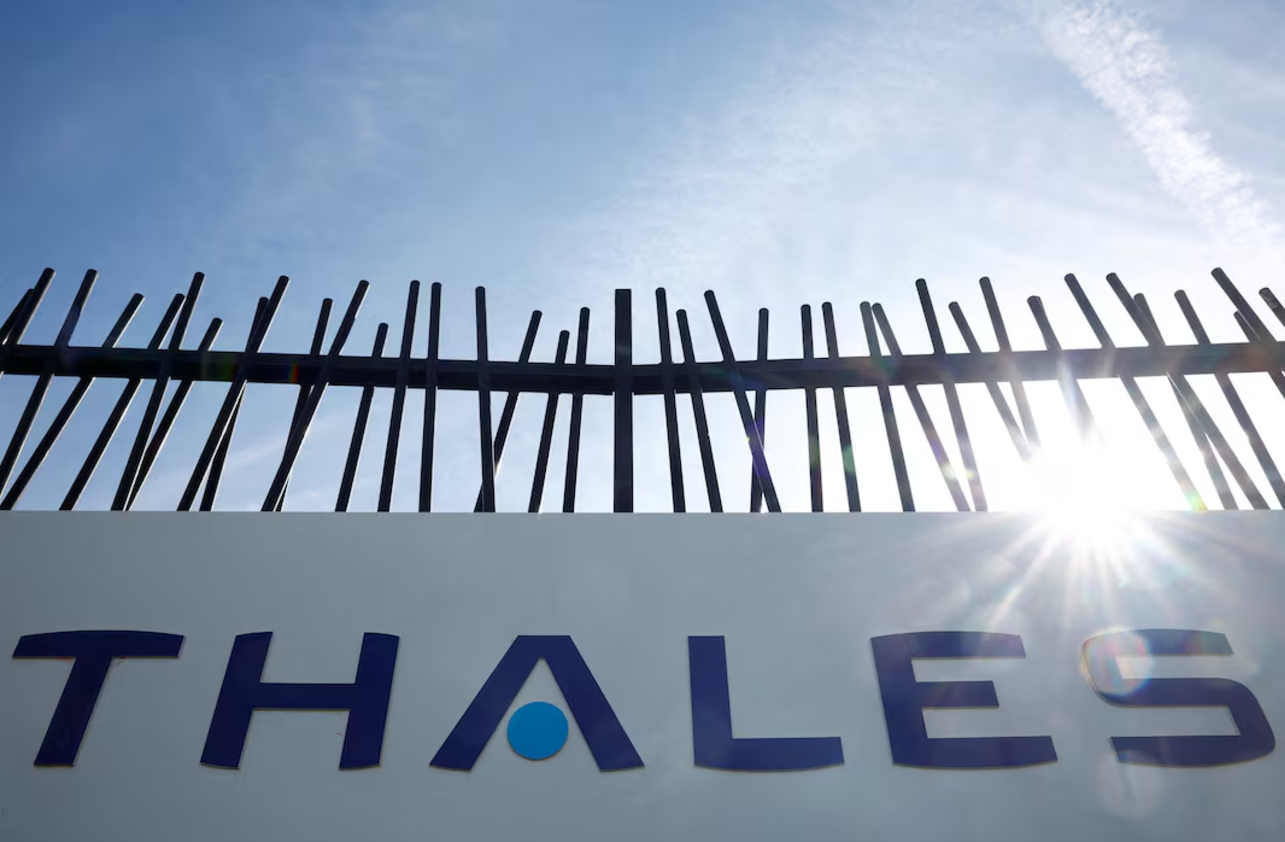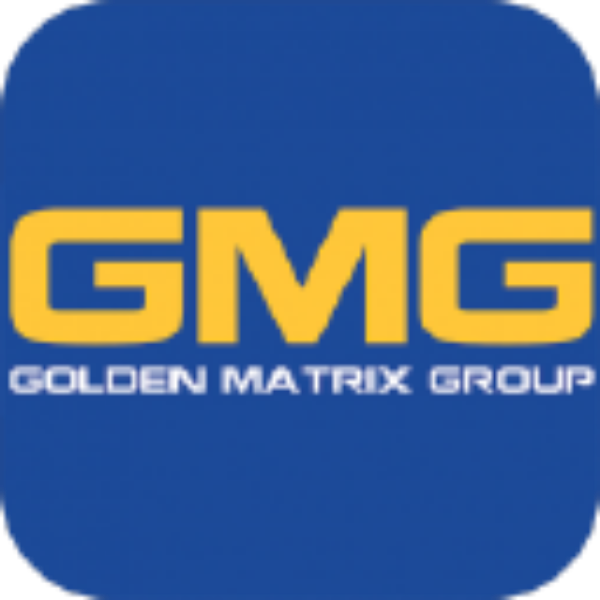World
Boost your portfolio with Europe’s most exciting stocks

Brits prefer to holiday in Europe than put their money there. In 2023, UK retail investors pulled almost £3bn from the region’s equity funds, having yanked out £5.5bn the year before. Flows have perked up slightly since then, but plenty of suspicion remains.
“We have little optimism regarding the short or long-term outlook for the French domestic economy, for the same reasons that we are gloomy about the outlook for the domestic economies of Europe,” wrote one fund manager this summer.
Ageing populations, low productivity and high levels of government debt all suggest growth will be “anaemic”, he concluded.
And yet many European stocks are thriving. The FTSE Europe ex UK index has risen by 16 per cent over the past year, and is up by more than a tenth since January. Its performance lags the global benchmark, which is weighted towards North America’s tech titans, but is more than respectable nonetheless. Progress has partly been fuelled by strong earnings, but companies in the region are also attracting significantly higher valuations than they did 12 months ago.
“We think the impact of European macro on European stocks is overestimated by most investors,” says Fidelity fund manager Marcel Stötzel, explaining that only a third of revenue generated by the MSCI Europe Index comes from the continent itself. “I could argue, certainly from a share price point of view, that LVMH (FR:MC) has benefited from the rise of China more than any Chinese listed company.”
As such, it may be wise for UK investors to pay more attention to opportunities across the Channel.
Knowing exactly who to pay attention to can be difficult, but Goldman Sachs created a shortcut when it coined the term “Granolas”. This acronym refers to 11 of Europe’s biggest and most successful companies: GSK (GSK), Roche (CH:ROG), ASML (NL:ASML), Nestlé (CH:NESN), Novartis (CH:NOVN), Novo Nordisk (DN:NOVO.B), L’Oréal (FR:OR), LVMH, AstraZeneca (AZN), SAP (DE:SAP) and Sanofi (FR:SAN).
London-listed AstraZeneca and GSK are covered regularly in these pages, and luxury giant LVMH has also had plenty of air time. Many of the other names garner less attention, however, partly because they don’t all fit into a neat category.
“The acronym doesn’t really make sense,” says Stötzel. “If I look at the Magnificent Seven, I understand why they are grouped together because all of them, in some shape or form, are plays on artificial intelligence (AI). But it’s really hard to think of anything – other than a market correction – that would cause all the Granolas to fall at the same time.”
On the other hand, these businesses dominate three key sectors: pharmaceuticals, technology and retail. As these industries develop, they are exerting growing pressure on one another and reshaping market expectations. Figuring out what is going on, therefore, and who could come out on top, is increasingly urgent.
KitKats and cosmetics
In an article about the Granolas, it feels appropriate to start with a company that sells more than 100 types of breakfast cereal.
Nestlé started life making infant formula in 19th century Switzerland, but now manufactures everything from Shreddies to Purina cat food. It has a reputation for gold standard execution, growing organic sales by over 5 per cent a year between 2000 and 2019. More importantly, it has also outperformed its peer group in the past decade, pulling ahead by roughly 0.5 percentage points a year.
“[This] may sound small, but the attraction of consumer staples stocks is the ability to compound organic sales growth over the long term and with less cyclicality than, for example, airline stocks,” says Redburn Atlantic analyst Charlie Higgs. “So 0.5 percentage points is meaningful for valuation purposes.”
Nestlé went from strength to strength during the pandemic, not least because of its high-margin, premium petcare arm, which benefited from the lockdown craze for cat and dog ownership.
More recently, however, the company has lost its footing. After a series of operational blunders ranging from falling frozen pizza demand to reputational issues such as a contaminated French well affecting Perrier water production, it is now contending with a consumer slowdown in North America. Despite surprisingly strong volume growth in the first half of 2024, pricing came down “faster than expected”, which prompted management to downgrade its full-year organic revenue growth forecasts from 4 per cent to 3 per cent.
At the same time, coffee and cocoa prices are rocketing. It is possible, therefore, that Nestlé will need to raise prices in these two categories just as the consumer environment is weakening.
The company is clearly feeling unsettled. With uncharacteristic abruptness, it announced last month that Mark Schneider is stepping down as chief executive and company veteran Laurent Freixe is taking his place.
The news was a “surprise” to the market, according to Vontobel analyst Jean-Philippe Bertschy, who stressed the “urgent need for the company to find some sort of stability to regain investor confidence”. A capital markets day in November could prove crucial.
In the meantime, investors might be more interested in L’Oréal.
Much like Nestlé, L’Oréal has a stellar reputation. For years it has sustained higher and more stable margins than its closest competitor, Estée Lauder (US:EL), while pumping over 30 per cent of its revenue into advertising campaigns every year.
It is not immune to economic cycles, however, and demand from China is causing concern. North Asia accounts for roughly a quarter of L’Oréal sales and the region contracted by 2 per cent in the first half of 2024. L’Oréal is not expecting things to improve in the second half, despite easier comparatives, and the suggestion that growth is slowing in the global beauty market prompted a nasty sell-off in June.
The size of L’Oréal’s empire should provide it with some protection, however. It sells both premium and mass market products (unlike Estée Lauder, which only deals in posh cosmetics) and spans skincare, haircare, make-up and fragrances.
“If you are premium only, there’s definitely an inherent extra layer of exposure to cyclicality,” says Morningstar analyst Dan Su.
Despite the sector slowdown, Su is also optimistic about the industry’s long-term prospects. “I think there are still structural tailwinds in beauty”, she says, stressing the potential of emerging markets.
“The Nestlé space is more challenging. There’s not a whole lot of volume growth. You’ve got to spend very heavily in marketing and research to justify the price increases you need to drive the top line.”
Overweight pharma
A new challenge is also hurtling towards Nestlé: weight-loss drugs.
Novo Nordisk is the jewel in Europe’s crown, having increased its share price more than fourfold since 2020 to claim the top spot in the region. The Danish company’s performance has been driven by its blockbuster weight-loss drugs, Wegovy and Ozempic, which contain the active ingredient semaglutide. Users of these drugs often avoid greasy, fatty, fried and sugary foods as they can cause gastrointestinal issues.
This has spooked the food industry to the extent that, according to Bloomberg, two chief executives have telephoned the head of Novo Nordisk in alarm.
The impact of weight-loss drugs on demand for ultra-processed foods will probably take years to unfold, however, and some bosses are still arguably in a state of denial as it stands. But semaglutide has sparked a pharma frenzy right now.
Novo Nordisk trades on a forward price/earnings (PE) ratio of 34 times, meaning it towers above its European healthcare peers. The reasons for this are obvious: sales and earnings growth both exceeded 30 per cent in 2023, versus the high-single-digit sector average, and sales and margins look set to remain strong in the medium term.
Morningstar expects Novo Nordisk to deliver compound annual revenue growth of 15 per cent between now and 2028, while Novartis, Roche and Sanofi are expected to achieve 4 per cent or less. Helping sentiment is the fact that analysts have consistently underestimated the group’s potential, resulting in a series of earnings upgrades.
Amid all the excitement, however, it is important to remember that Novo Nordisk’s growth is concentrated on a single molecule and it will need to overhaul its portfolio when it eventually loses exclusivity in the early 2030s.
“Novo’s situation is almost unprecedented in the pharma industry, with one product accounting for the vast majority of its profits,” note Berstein analysts Florent Cespedes and Justin Smith.
Outside the world of obesity, over-reliance on a single product is punished by the market. At France’s Sanofi, for example, the eczema drug Dupixent represents about a fifth of total sales and fuels roughly half of growth, according to Bernstein. Sanofi’s exclusive rights will run out in the early 2030s, and the group’s valuation has been languishing as a result.
Pipeline fears also haunt Swiss giants Novartis and Roche, which have both faced periods of crisis in recent years.
Novartis’s problems can be traced back to the fact that it never invested in antibody technology, instead choosing to focus on “small molecule” drugs. According to Vontobel analyst Stefan Schneider, these types of medicines are particularly sensitive to competition when patents expire and by 2017 the company was facing a “cliffhanger” situation.
Roche’s crisis was more recent. In 2022, it held final-stage clinical trials for three exciting new drugs, including one for Alzheimer’s. Unexpectedly, however, all of the trials ended in failure, leaving Roche with a severely diminished pipeline.
The response of both companies was to bring in new chief executives and start buying late-stage assets, which promise to get money flowing in quickly. Novartis also spun off its generics business last year to fuel innovative pharma research.
However, Schneider thinks the two companies occupy very different positions in the race. “Novartis means ‘late stage’ when it says ‘late stage’. But Roche is shy of spending the money required,” he says, arguing that Roche’s new products could take several years to hit the shelves.
For now, both companies look to be making progress, having upgraded their forecasts at the half-year mark (Sanofi has done the same, thanks to a strong period for Dupixent). Roche has also grabbed the attention of investors by entering the weight-loss space. It acquired anti-obesity drug developer Carmot Therapeutics last year and its shares jumped after it posted promising results from an early-stage trial this May.
It may feel like weight loss is the only way to generate a buzz at the moment. However, as we get closer to the next decade, investors will be assessing pipelines more generally – and even Novo Nordisk won’t be immune to this scrutiny. The rapid ascent of the Danish drugmaker proves that anything can happen in the pharma sector, however. One discovery can change everything.
A magnificent duo
Besides weight-loss drugs, one topic is on the lips of all investors: semiconductors. Seen as the backbone of the AI revolution, semiconductors have driven Nvidia’s (US:NVDA) share price up by 2,700 per cent in the past five years.
There is a way to tap into this trend from Europe, however. ASML is a Dutch manufacturer of chipmaking equipment. Specifically, it makes lithography machines which it sells to chip manufacturers (‘lithography’ is the use of light to print tiny circuit patterns onto silicon wafers).
ASML’s ascent has been less dizzying than that of Nvidia, but it is deeply embedded in the AI ecosystem, serving the likes of TSMC (TW:2330) and Intel (US:INTC). As such, it is exposed to many of the same geopolitical forces – and experiences the same share price volatility. In July ASML reported its second-quarter results, in which sales and gross margins came in slightly above guidance. Unfortunately, this coincided with reports of potential US restrictions on chip sales to China, and shares fell by a tenth.
Although the group is already banned from exporting some of its most advanced equipment to China, the country still accounted for 49 per cent of net system sales in the second quarter, amounting to €2.4bn of revenue. Total net sales came to €6.2bn.
ASML makes regular appearances in our list of fund managers’ favourite tech shares, and Scottish Mortgage’s managers recently said the company has “one of the most apparent competitive advantages we’ve ever encountered”. However, investors in search of something less likely to be weaponised by politicians might prefer German software group SAP.
SAP provides database technology and enterprise resource planning software to companies around the world. If this sounds dull, it is because it is meant to be – SAP automates a lot of the grunt work that needs to be done to keep an organisation running smoothly.
For a long time, SAP was seen as a laggard to Microsoft, but in the past 18 months its price/earnings (PE) multiple has shot up from around 20 times to 35 times. This is partly because one of its database products, S/4HANA, which it was talking about over a decade ago, is finally pulling its weight. At the same time, management has orchestrated a big cost-cutting programme, more customers are moving to the cloud, and the benefits of AI are starting to kick in.
“We think SAP is a hidden beneficiary of AI,” says Fidelity’s Stötzel, arguing that the technology could speed up its processes. “More excitingly, it could also help SAP deliver good insights. AI will have much more data to sift through on an SAP system than anywhere else, and customers can find out, for example, how their promotions are going, how their costing is going.”
SAP, together with ASML and Novo Nordisk, are examples of European companies that are trading like US stocks. Multiples are high and the growth opportunities are huge. The appeal of the Granolas more generally, however, is different. When taken together, the 11 stocks combine innovation and stability, and the hodge-podge nature of the group means some parts offer natural diversification from others.
No one will be turning their backs on the Magnificent Seven any time soon. But ignore their European counterparts at your peril.














